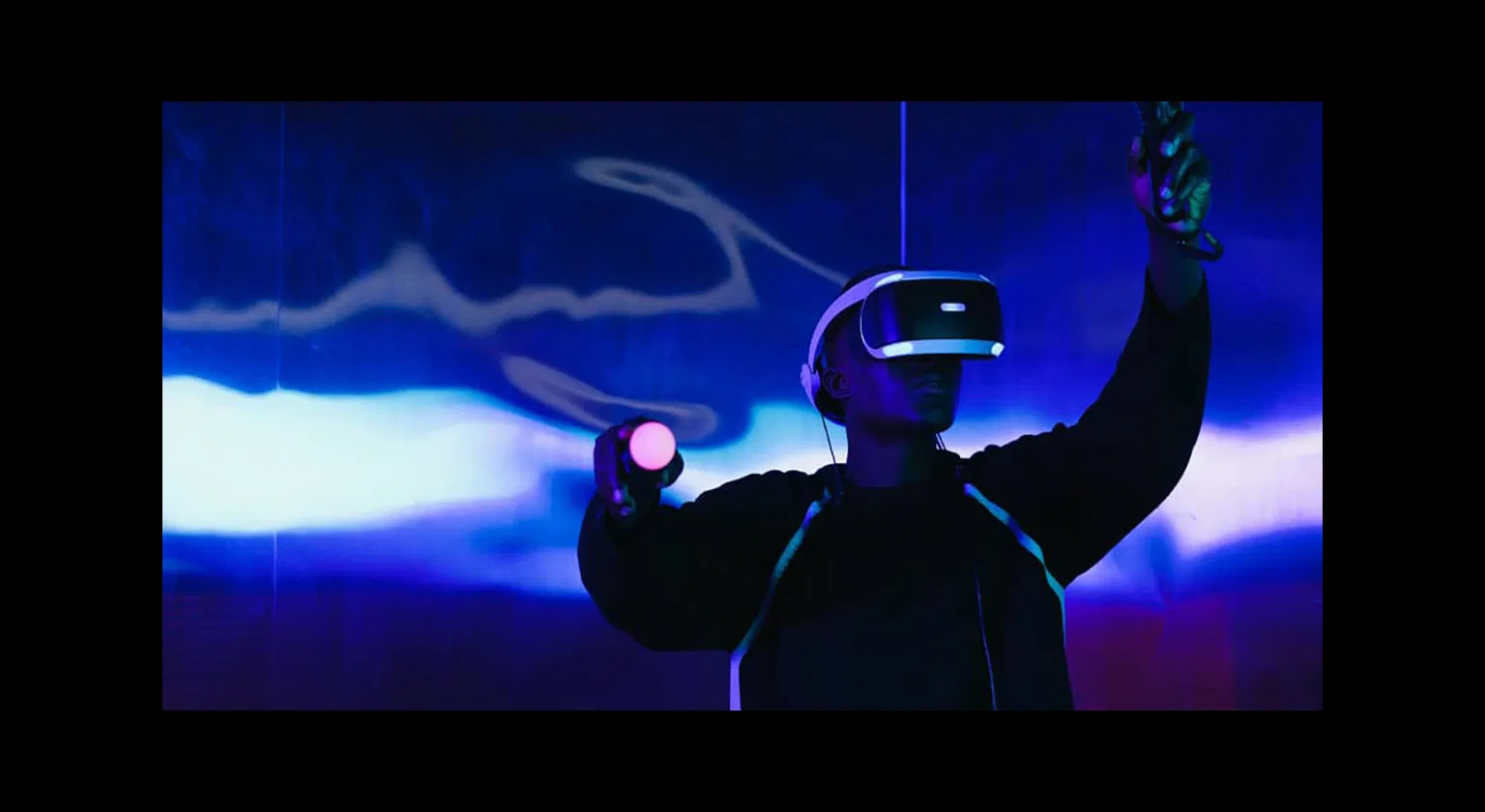It is clear that the future of UX Design lies in the metaverse – a real-time, online environment where users can interact and communicate with each other and with virtual objects and spaces. With virtual reality technology advancing and the demand for digital experiences consistently increasing, it is essential for designers to understand how the metaverse will change the way we approach marketing and user experience.
One of the biggest opportunities the metaverse offers is the potential for infinite advertising reach. As virtual reality becomes more prevalent, the advertising potential of the metaverse is vast. To effectively market within this space, companies must prioritize immersive design and smart consumer content that can easily insert itself into the virtual world and encourage user interaction and communication. This is especially important for younger demographics, such as Gen Z, where 87% are already interacting with metaverse platforms like Fortnite on their smartphones. By providing an immersive experience within the metaverse that enables a player to connect with a virtual version of a product or service, companies can see higher conversion rates in the real world.
In addition to the potential for increased conversion rates, the metaverse also offers the ability for companies to gather more data on consumer behavior and preferences. Traditional forms of marketing often rely on consumer self-reporting, which can be unreliable and incomplete. In the metaverse, companies can track and analyze consumer behavior in real-time, providing a more accurate and comprehensive understanding of their target audience. This data can then be used to tailor marketing efforts and improve the overall user experience.
Another challenge is the need to design for a constantly evolving environment. The metaverse is not a static platform, but a constantly changing and expanding universe.
The metaverse presents both exciting opportunities and challenges for UX designers. As virtual reality technology continues to advance and the demand for digital experiences grows, the metaverse offers the potential for infinite advertising reach and the ability to gather more comprehensive data on consumer behavior. However, it also requires designers to create fully immersive experiences and consider the constantly evolving nature of the virtual environment. To effectively design for the metaverse, it is important for UX designers to understand the unique needs and behaviors of metaverse users and to prioritize immersive design and smart consumer content that encourages interaction and communication.
As the metaverse becomes more prevalent, it is essential for designers to stay up to date on the latest technology and design considerations to create successful and engaging virtual experiences.



